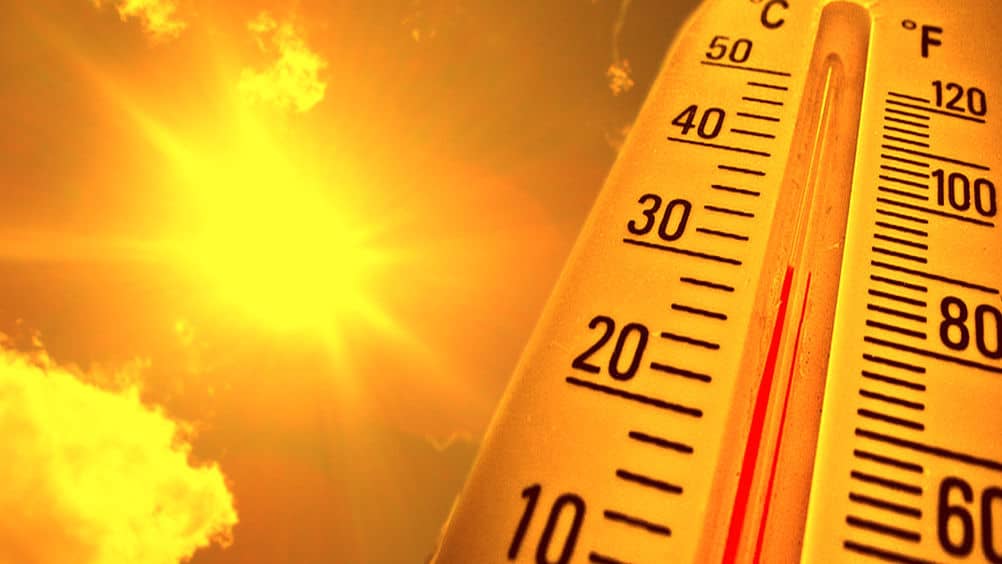

Here’s a closer look into NOAA’s latest monthly global climate report:
Climate by the numbers
July 2019
The average global temperature in July was 1.71 degrees F above the 20th-century average of 60.4 degrees, making it the hottest July in the 140-year record, according to scientists at NOAA’s National Centers for Environmental Information. The previous hottest month on record was July 2016.
Nine of the 10 hottest Julys have occurred since 2005—with the last five years ranking as the five hottest. Last month was also the 43rd consecutive July and 415th consecutive month with above-average global temperatures.
Year to date I January through July
The period from January through July produced a global temperature that was 1.71 degrees F above the 20th-century average of 56.9 degrees, tying with 2017 as the second-hottest year to date on record.
It was the hottest year to date for parts of North and South America, Asia, Australia, New Zealand, the southern half of Africa, portions of the western Pacific Ocean, western Indian Ocean and the Atlantic Ocean.

More notable stats and facts
Record-low sea ice: Average Arctic sea ice set a record low for July, running 19.8% below average – surpassing the previous historic low of July 2012.
Average Antarctic sea-ice coverage was 4.3% below the 1981-2010 average, making it the smallest for July in the 41-year record.
Some cool spots: Parts of Scandinavia and western and eastern Russia had temperatures at least 2.7 degrees F below average.
Advertise with the mоѕt vіѕіtеd nеwѕ ѕіtе іn Antigua!
We offer fully customizable and flexible digital marketing packages.
Contact us at [email protected]
















